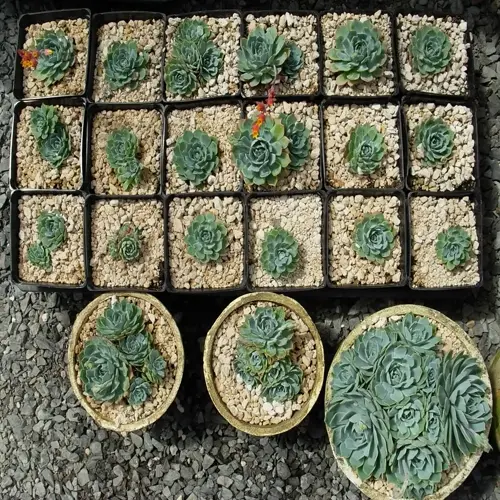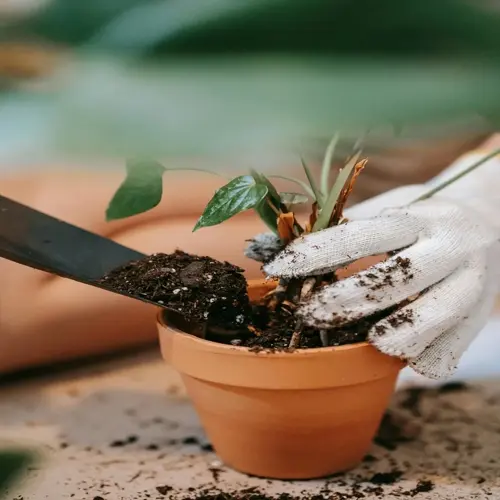Should I use pruning sealants on cuts?

Written by
Michael Sullivan
Reviewed by
Prof. Martin Thorne, Ph.D.Modern horticultural research has shown that pruning sealants do more harm than good. By sealing cuts, moisture is prevented from entering, creating an optimal environment for decay. For the most part, natural healing is best suited for wounds that are less than 0.5 inches (1.3 cm) in diameter. Instead, focus on making cuts at a 45° angle that shed water effectively.
Natural Healing Cases
- Small cuts: Under 0.5 inches (1.3 cm) diameter
- Healthy plants: No history of cane borers
- Dry climates: Low humidity under 40%
- Proper angles: 45° cuts shedding water
Sealant Application
- Large wounds: Over 1 inch (2.5 cm) diameter
- Pest-prone areas: Regions with common borer insects
- White glue only: Avoid tar-based products
- Immediate use: Apply within 20 minutes of cutting
Proper cutting technique eliminates most sealant requirements. Make 45° angled cuts 0.25 inches above buds. This allows water to shed off naturally and avoid rot. I teach my students to use a level app to check angles. Correct cuts seal more effectively than sealed cuts, according to research.
White glue usage has hold purposes. Use only on cuts that are larger than 1 inch and in areas with wood borers, thin coat application. Do not cover completely. I use small artist brushes to apply just a thin coat. The barrier helps protect the plant from insect damage, allowing it to heal naturally underneath.
Avoid old-fashioned sealants such as tar and asphalt products because these materials will trap moisture and heat, both damaging to cambium tissue. Studies and practices have shown that sealants may actually delay healing for excessive lengths of time, years. Instead, utilize proper sanitation of nursing tools and accurate cutting techniques. Blades do not prevent contamination more issues than sealants.
Weekly check sealed wounds for problems. Look for oozing or discoloration beneath glue layers. Remove the compromised sealant immediately. I just gently scrape it off with a sterile knife. Then recut the cane below the damage point at the appropriate angles.
Read the full article: How to Prune Roses for Vibrant Blooms

